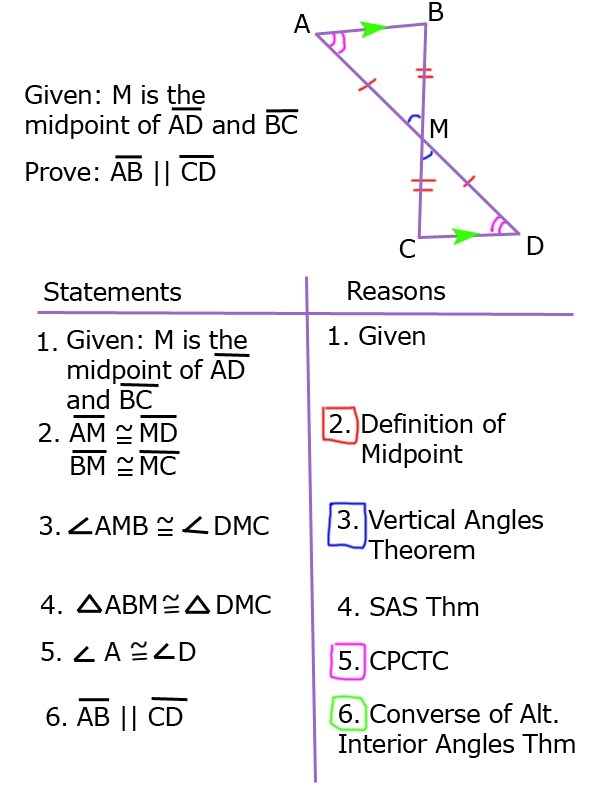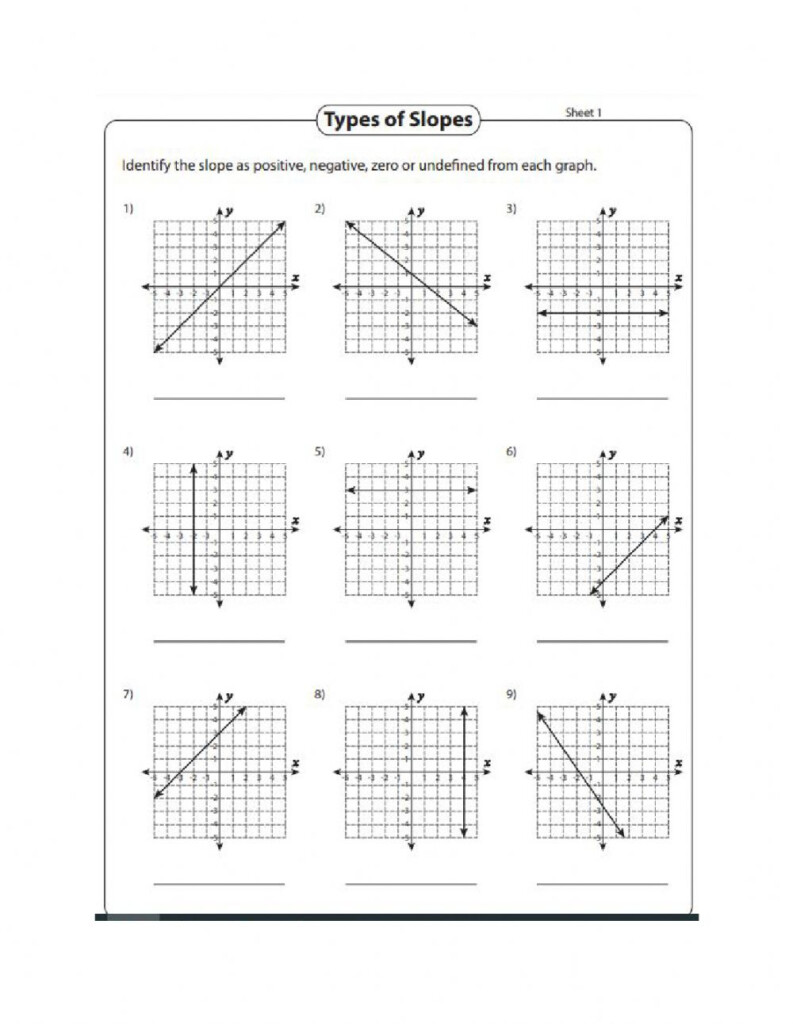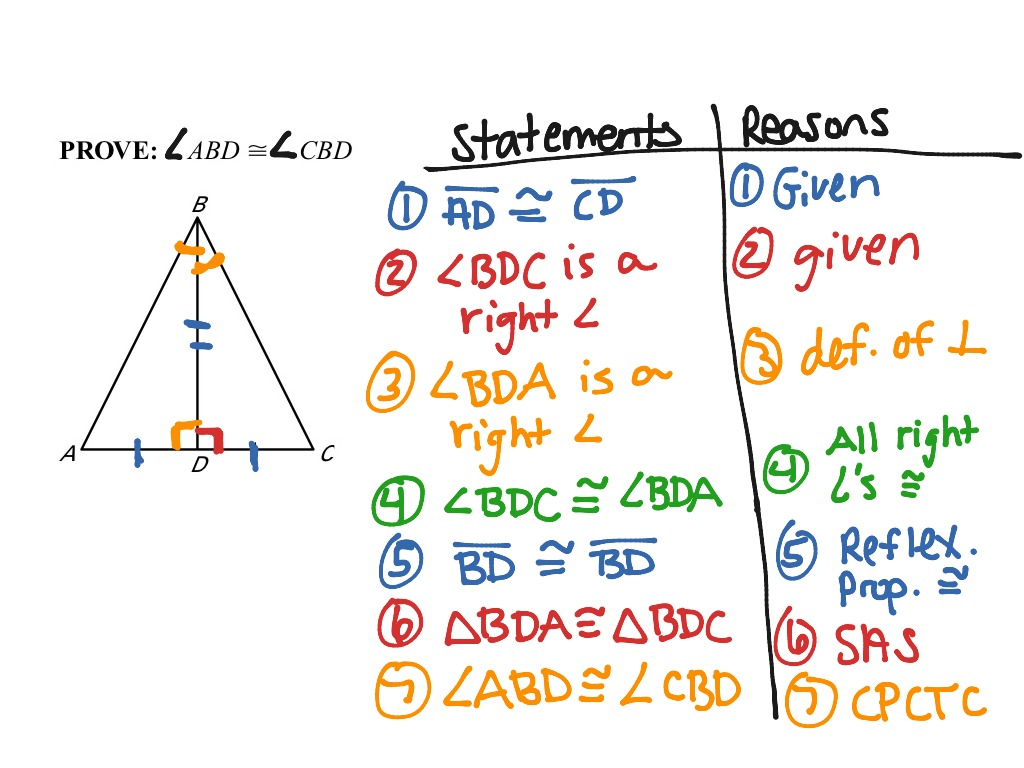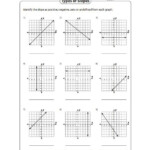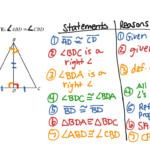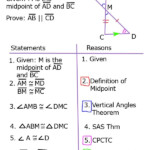3.5 Parallel Lines And Triangles Worksheet Answers – Triangles are among the most fundamental forms in geometry. Understanding the triangle is essential to learning more advanced geometric terms. In this blog post, we will cover the different kinds of triangles with triangle angles. We will also discuss how to calculate the size and perimeter of a triangle, and offer examples of each.
Types of Triangles
There are three kinds to triangles: the equilateral, isosceles, and scalene.
- Equilateral triangles consist of three equal sides, and three angles of 60 degrees.
- Isosceles triangles have two identical sides and two equal angles.
- Scalene triangles can be found with three sides as well as three angles.
Examples of each type of triangle will be provided.
Triangle Angles
There are three angles in three triangles: acute, right, and obtuse.
- Acute angles are angles that are less than 90 degrees.
- Right angles are precisely 90 degrees.
- Obtuse angles are those that are greater than 90 degrees.
An example of each angle will be given.
Perimeter of Triangles
The perimeter of a triangle is the total of all the sides’ lengths. To determine what is the radius of a triangle it is necessary to multiply the lengths of its three sides. The formula for the perimeter of any triangle is
Perimeter = Side A + Side B + Side C
A few examples of how to determine the perimeter of an arc will be shown using different types of triangles.
Area of Triangles
The space of a rectangle is the space within the triangle. To determine the size of a circle, it is necessary to know which length is the base as well as the diameter of the triangular. The formula for the dimensions of a triangular area is:
Area = (Base x Height) / 2
A few examples of how to calculate the area of the triangle will be given using different triangles.
Conclusion
Understanding the importance of triangles is a crucial component of learning to master geometry. Understanding the various types of triangles, triangle angles, as well as the best way to determine the perimeter and area of a triangle will help you to solve increasingly difficult geometric problems. With our extensive triangle worksheets, students can increase your knowledge of these basic notions and advance your geometric skills to the next level.
